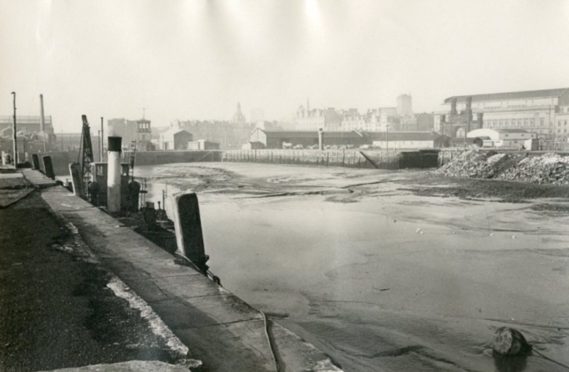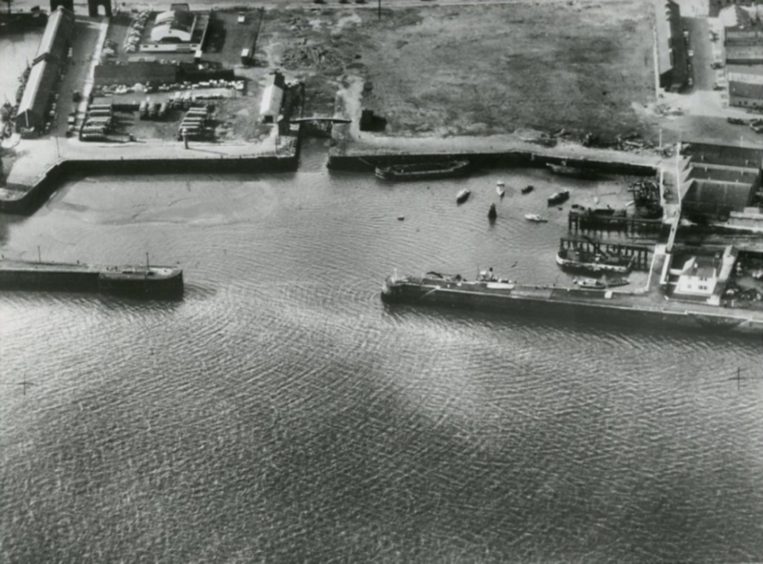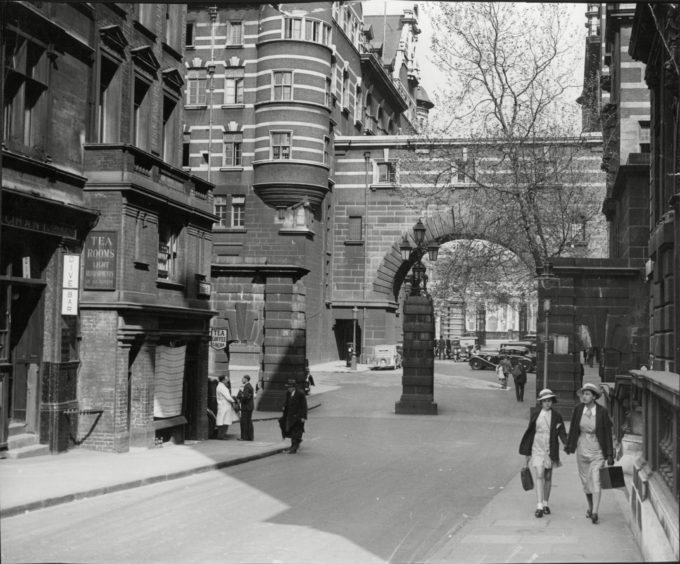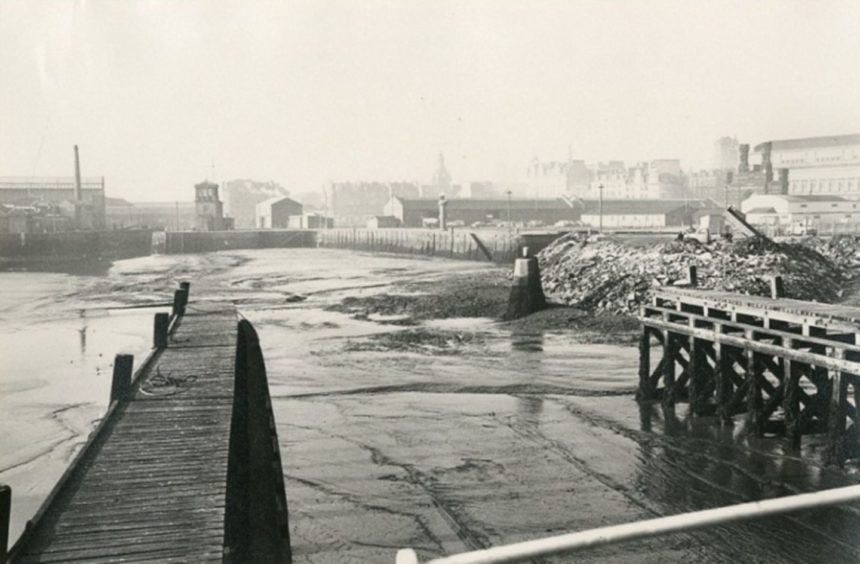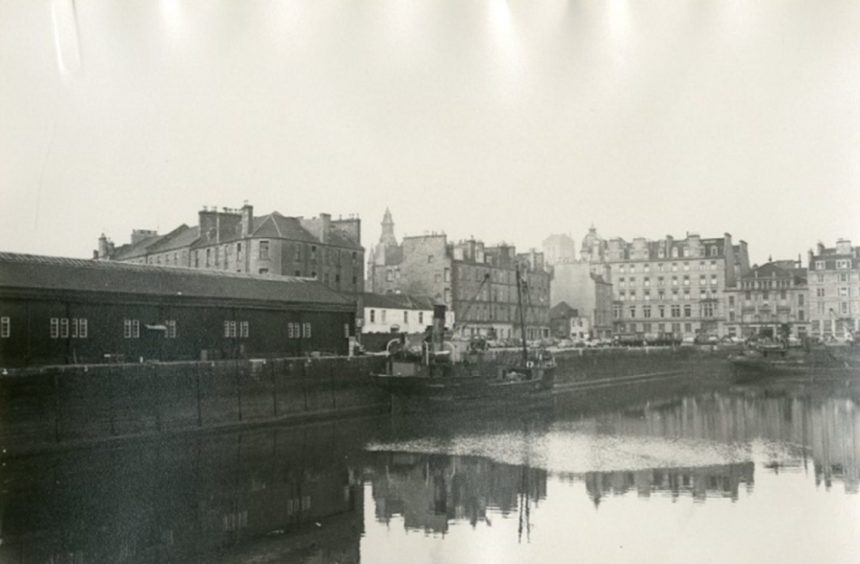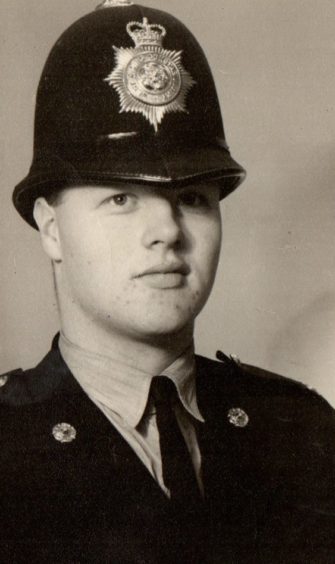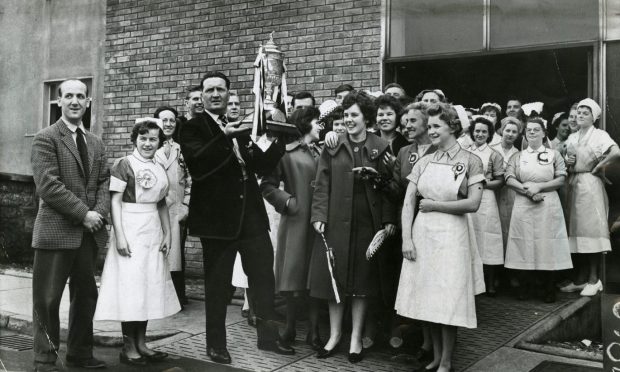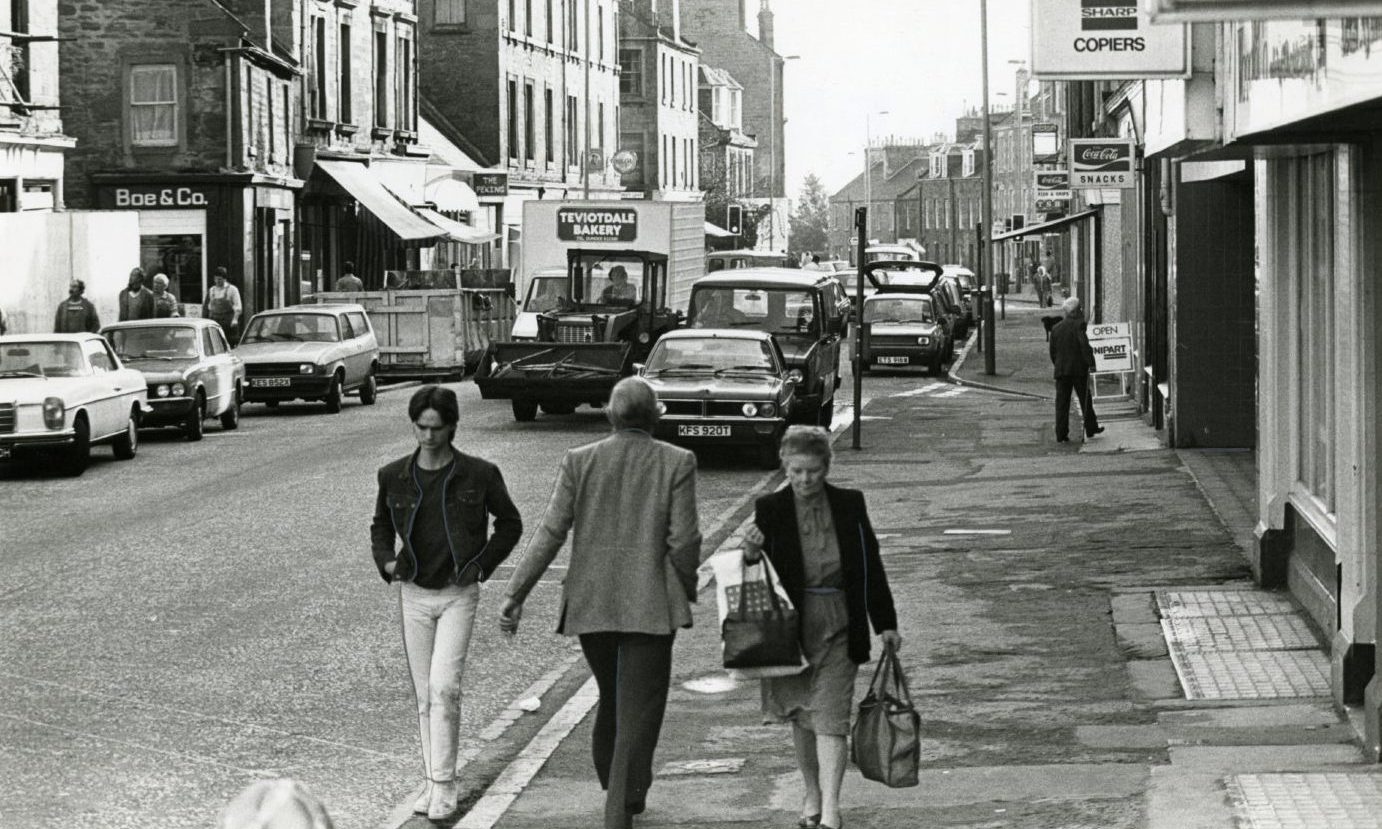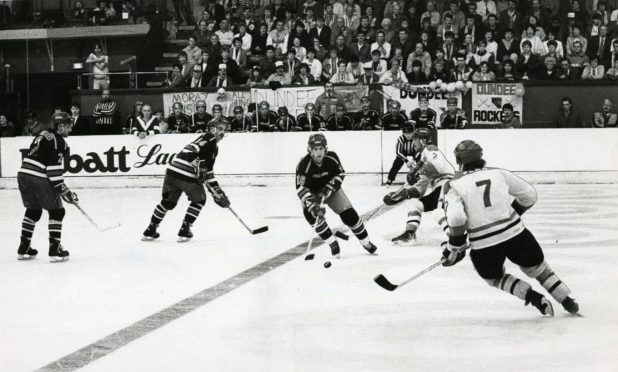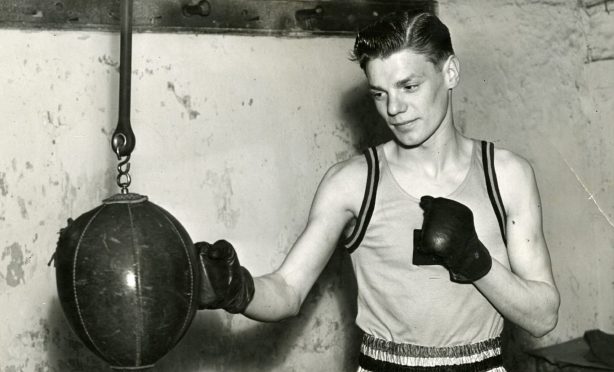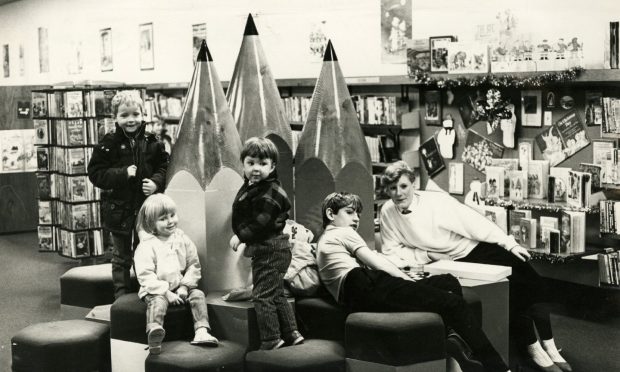Dundee became the focus of a Scotland Yard murder hunt following the largest ID parade in history.
Two detectives travelled up from London to meet a ship at Dundee harbour in order to question a sailor.
Scotland Yard asked the City of Dundee Police Chief Constable John Carmichael for permission to visit the city and carry out the interview.
An order was also issued to constables in the neighbourhood of the vessel that no one was to be allowed on board.
Strictest secrecy
The Courier told how the order was “rigidly carried out throughout the night” and “every movement was carried out with the strictest secrecy”.
The sailor became the main suspect following the death of Mary Frances Pelham in Portsmouth in January 1923.
Mary lived in a notorious slum area called Blossom Alley which was described as the town’s worst residential street.
On the Friday night she was seen in the streets and bars of Portsmouth and early the following afternoon she was discovered dead in bed, smothered in blood, and with her face and head battered almost beyond recognition.
The body was clothed only in a chemise and the broken blood-stained remains of a stout bottle showed clearly the means whereby she had come to her death.
Everything in fact was as clear as daylight, except the identity of the slayer.
The 37-year-old was known locally as Brighton Mary and for some time had sold flowers and matches in the streets.
Mary had many men visitors at the little two-room house she rented.
The room in which Mary’s body was found measured barely 10ft by 5ft and the height of the ceiling varied between almost 10ft and 7ft because of collapsing floors and ceilings.
A neighbour reported seeing a sailor fleeing the scene.
An experienced investigator from Scotland Yard named George Mercer was dispatched to Portsmouth.
Mercer of the Yard
‘Mercer of the Yard’ was a born tracker of men and started out with characteristic thoroughness to follow every possible trail to its bitter end.
Every known friend of Mary’s was questioned closely as to her movements on the night of her death; practically every bar tender in the port was asked if he had seen her, when, and with whom; while the neighbours were called up for interrogation.
At the inquest a woman named Smith said she was awake until 3am on the morning of the murder and heard no disturbance.
She saw Mary come home about 11pm with a sailor who appeared to be a north countryman.
She said that he was stiffly built and had been wearing an overcoat and a cap.
The woman said that Mary had been dragging him down the alley and she heard Mary say ‘Come on Geordie’ before the two of them went into Mary’s house.
Florence Knight, another neighbour, formerly on the stage as ‘Lola’ Knight, said there was a crack between her bedroom wall and that of Mary’s but she heard no noise at all during the night.
She said that later that evening a sailor came to her house and whilst he was there he had left him in the house whilst she went off for some chips but was only gone for about 15 minutes and that they later went to bed together at about 11.30pm.
The corner asked her about a murder in Voller Street some years before when a sailor had murdered a woman and was never caught.
Victim of circumstance
He said he knew that she had lived next door to the victim in Voller Street which he suggested was strange and the woman replied: “Yes, I am the victim of circumstance.”
The coroner asked the woman if a sailor had been staying with her that night to which she replied yes but that it wasn’t the same sailor that she had spent the night with when Mary was murdered.
“Are we to understand that it is simply a coincidence that you lived next door to both women?” he said.
“Yes, it is a bit of a shock,” she said.
A young woman called Lilian Watts said she recognised a mouth organ found in Mary’s house after the crime as one given to her friend Olive Tullett to a fair haired sailor three days before the crime.
Two days before the crime this sailor was in the company of Mary when witness heard him threaten to do Mary in.
The inquest concluded with a verdict of wilful murder against a person or persons unknown.
To determine whether or not it was a serviceman the Royal Navy arranged an identity parade of 3,500 sailors, which was the biggest identity parade ever held.
It was reviewed by a woman who saw Mary with a sailor just before she died.
On March 5 1923 two detectives from Scotland Yard travelled up to Dundee to meet a ship in order to question a suspect.
Dundee interrogation
The sailor had been traced through the medium of wireless to the streamer Baberton which later arrived at Camperdown Dock in Dundee from Windau.
As a result of the reply received from the Baberton, with which the police got in touch on her way to the Baltic, the Scotland Yard authorities felt justified in dispatching two officers to Dundee to await the streamer’s return for the purposes of interrogating a man who joined the ship at Leith about six weeks ago.
Wireless messages from the Baberton indicated the approximate time of her arrival at Dundee and the Scotland Yard officers reached the city on Monday morning.
The detectives were at the side of the quay when the Baberton drew alongside about 5.30pm.
The detectives immediately went on board and returned with the sailor.
The sailor was questioned by detectives in the Harbour Police Office until close to midnight when he returned to his ship.
He was able to account for his whereabouts that night and the murder remains unsolved.
Former police officer Patrick Anderson from Letham in Angus said ID parades always presented a challenge.
“I started my police career in the West Riding Constabulary in 1966 and back then the ID parade was a hard job to set up.
“The challenge was making sure everyone in the line-up was of the same age, height and dress.
“The job was to go around the town to find similar looking men for the ID parade and they would be paid in shillings.
“In 1983 I was promoted to the rank of sergeant in Bradford and being a large city the job of finding ID parade volunteers was much easier.
“You just had to hope that the witnesses would pick the right man.”
Different times
Mr Anderson said ID parades changed in the 1990s with ID units being set up.
“The Portsmouth City Police were just a small force with only 31 officers when it was formed in 1836,” he said.
“The Chief Constable in 1923 was Thomas Davies and back then detectives from Scotland Yard would be sent to investigate if there was a murder.
“The job of finding a sailor among 3,500 potential suspects was always going to be difficult and the previous murder in Voller Street also remains unsolved.
“If the murder at Blossom Alley had taken place today then with things like CCTV and DNA I think Mary’s slayer would have been caught.”
A year after the Dundee visit there was a further twist when a sailor on a British warship in the Mediterranean jumped into the sea and drowned.
Bluejackets volunteered the evidence that two months before the sailor took his own life he had told them in a casual conservation that he murdered Mary Pelham.
The Chief Constable of Portsmouth consulted Scotland Yard and together they concluded that there should be “no importance attached to the confession as the man undoubtedly was insane at the time”.
He could not say whether the man committed the murder or not.
